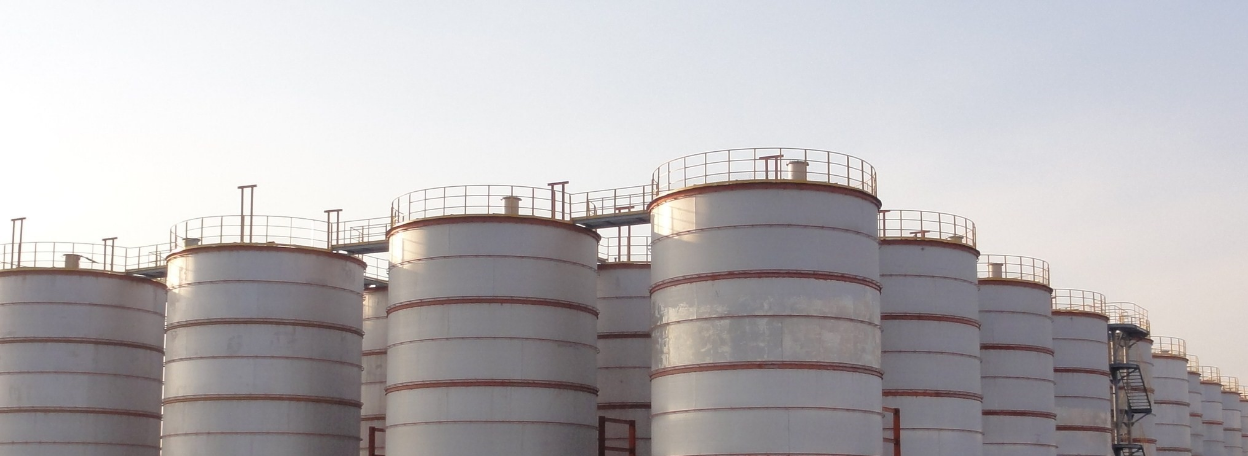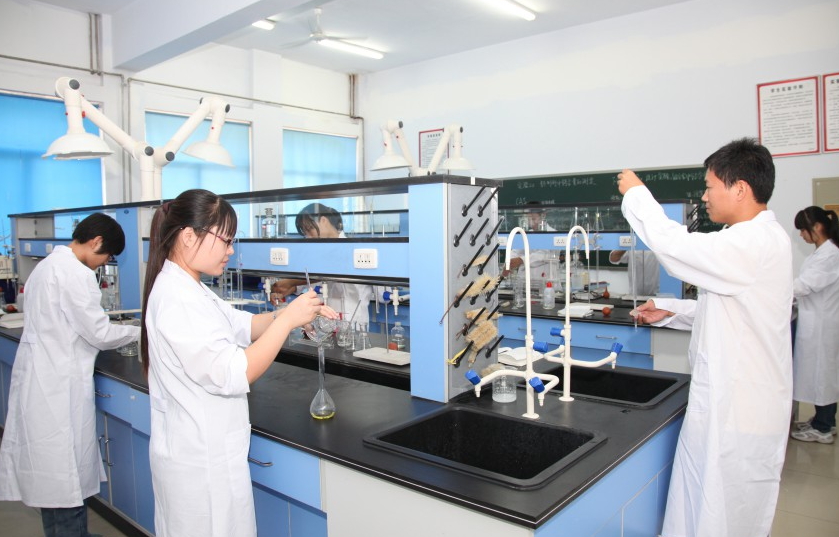Short-term changes in the chemical industry brought about by carbon neutrality

2. Future development direction of chemical enterprises
We discussed the development mode of chemical enterprises in the past, and the possible development mode of chemical enterprises in the future under the new situation of "dual carbon", and believed that the future chemical enterprises will change from the development mode of capacity expansion and upstream supporting raw materials to the downstream fine, multi-category, platform type of new development mode. In the future, excellent chemical enterprises need to grasp the development trend of the industry, and on this basis, give full play to their financial advantages, research and development advantages, and the courage to invest capital, so as to have the development opportunity in the new situation of double carbon.
2.1. In the past, the development mode of chemical enterprises was "capacity expansion + upstream support".
A development model that relies heavily on capacity expansion
Chemical enterprises benefit from the rapid development of the domestic economy and the gradual improvement of the dominant position of the chemical industry, the past development mainly depends on the capacity expansion of traditional business, from the cyclical expansion of the whole industry before the supply side reform to the leading expansion after the supply side reform. The expansion and development of the production capacity of a single enterprise has formed and strengthened the rotation of the industrial cycle, so that the enterprise with a single industry and business attribute has a strong profit cycle attribute.
Taking spandex and titanium dioxide as two industries, we obviously found that the rapid growth of industry capacity in the past was accompanied by the improvement of industry concentration CR5, and leading enterprises relied on rapid expansion of production capacity to seize market share, and this expansion model is the most common enterprise development model in the development process of China's chemical industry.
Extend the cost reduction model upstream
After the development of the chemical bulk segmentation field has entered a stage of steady growth or decline, chemical enterprises have begun to pay more attention to the accumulation of cost advantages, and the upstream replenishment of raw materials by midstream enterprises has become one of the main methods for major chemical enterprises to reduce costs and realize the autonomy and control of raw materials.
The most typical is the chemical fiber industry represented by polyester filament. Oriental Shenghong, Tongkun Shares, New Fengming and Hengli Petrochemical and other polyester filament production enterprises, in the past three years, through the continuous extension along the oil refining - PX-Ptas - polyester filament industry chain upstream, on the one hand to grasp the overall industry chain profits, on the other hand to the upstream bulk product expansion process significantly increased the level of corporate profitability.

Wanhua Chemical, the domestic chemical leader, and BASF, the international chemical leader, have the process of extending upstream to reduce production costs and increase the revenue volume of enterprises. Among them, Wanhua Chemical started from the production of polyurethane midstream raw materials, and has continuously laid out the upstream petrochemical industry chain in recent years, greatly reducing the production cost, and also laid the raw material foundation for the development of the company's multi-category. The development of BASF has also been accompanied by the expansion of the upstream petrochemical industry, and its global petrochemical industry layout has laid the foundation for the globalization of BASF products.
However, under the dual-carbon background, the most obvious change is that the process of capacity expansion is blocked, and the development rhythm of enterprises in the past may be broken. Under the new era background, enterprises are also seeking a new development model. We believe that the development model of enterprises in the future will be refined, multi-category, and platform-type.
2.2. Three development modes of chemical enterprises in the future
From the other side: BASF's solution application development precedent
When we enter the Chinese official website of BASF, we will find that when BASF displays its product results, most of them are divided into industries, and a number of chemical products are mainly introduced in the form of industry segmentation solutions. Looking at the development history of BASF, it is not difficult to find that it started with dyes in the early stage of its business a hundred years ago, extended raw materials upwards to the coal chemical industry, and launched a global development process through the replication expansion of the refining and chemical industry further upstream. After the completion of globalization, BASF gradually divested the upstream traditional business, opened up the downstream industrial chain by entering the new material business, and transformed into a comprehensive platform company that provides a variety of solutions from upstream product manufacturing to the same downstream.
- EMERSON
- Honeywell
- CTI
- Rolls-Royce
- General Electric
- Woodward
- Yaskawa
- xYCOM
- Motorola
- Siemens
- Rockwell
- ABB
- B&R
- HIMA
- Construction site
- electricity
- Automobile market
- PLC
- DCS
- Motor drivers
- VSD
- Implications
- cement
- CO2
- CEM
- methane
- Artificial intelligence
- Titanic
- Solar energy
- Hydrogen fuel cell
- Hydrogen and fuel cells
- Hydrogen and oxygen fuel cells
- tyre
- Chemical fiber
- dynamo
- corpuscle
- Pulp and paper
- printing
- fossil
- FANUC
- Food and beverage
- Life science
- Sewage treatment
- Personal care
- electricity
- boats
- infrastructure
- Automobile industry
- metallurgy
- Nuclear power generation
- Geothermal power generation
- Water and wastewater
- Infrastructure construction
- Mine hazard
- steel
- papermaking
- Natural gas industry
- Infrastructure construction
- Power and energy
- Rubber and plastic
- Renewable energy
- pharmacy
- mining
- Plastic industry
- Schneider
- Kongsberg
- NI
- Wind energy
- International petroleum
- International new energy network
- gas
- WATLOW
- ProSoft
- SEW
- wind
- ADVANCED
- Reliance
- YOKOGAWA
- TRICONEX
- FOXBORO
- METSO
- MAN
- Advantest
- ADVANCED
- ALSTOM
- Control Wave
- AB
- AMAT
- STUDER
- KONGSBERG
- MOTOROLA
- DANAHER MOTION
- Bently
- Galil
- EATON
- MOLEX
- Triconex
- DEIF
- B&W
- ZYGO
- Aerotech
- DANFOSS
- KOLLMORGEN
- Beijer
- Endress+Hauser
- MOOG
- KB
- Moxa
- Rexroth
- YAMAHA
- Johnson
- Westinghouse
- WAGO
- TOSHIBA
- TEKTRONIX


Email:wang@kongjiangauto.com



































































































































